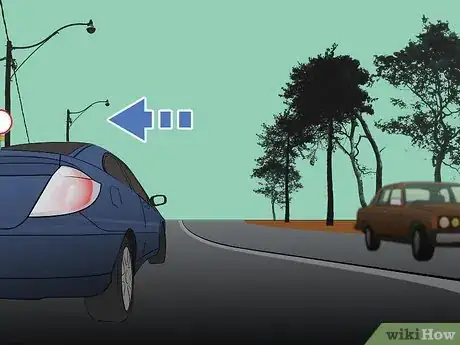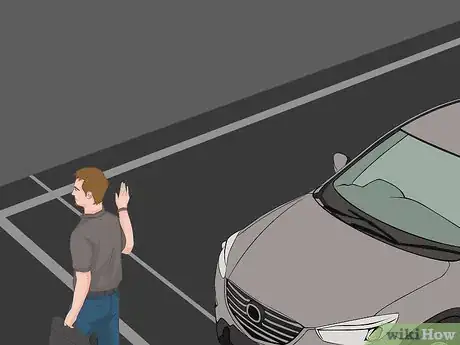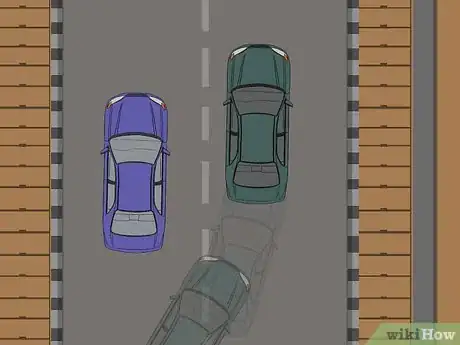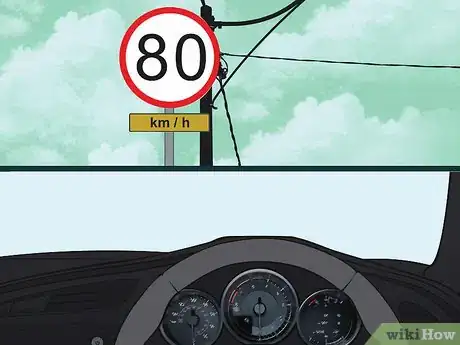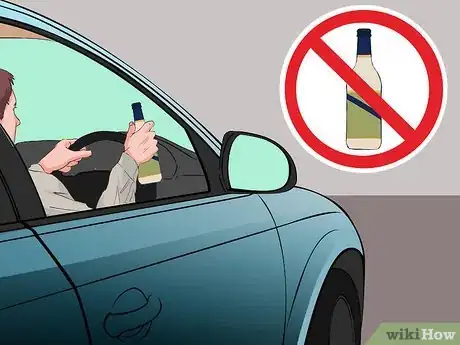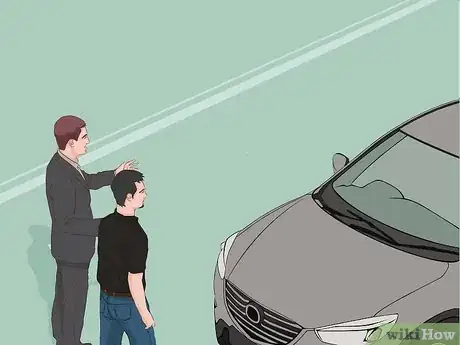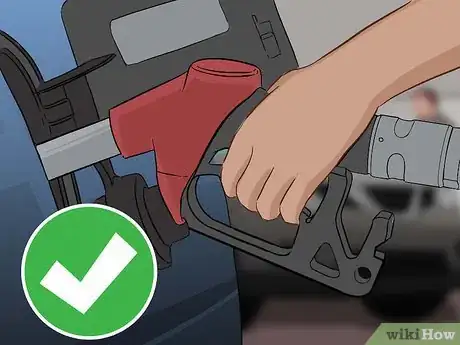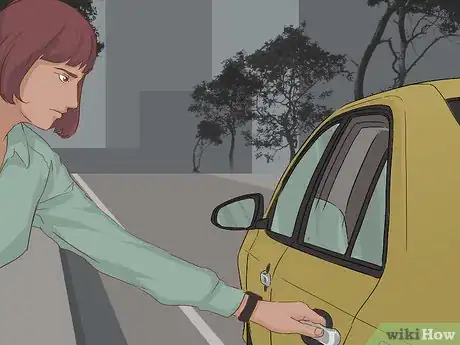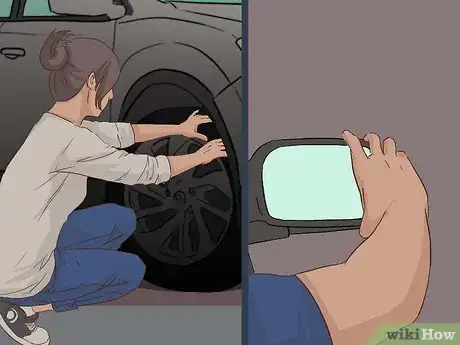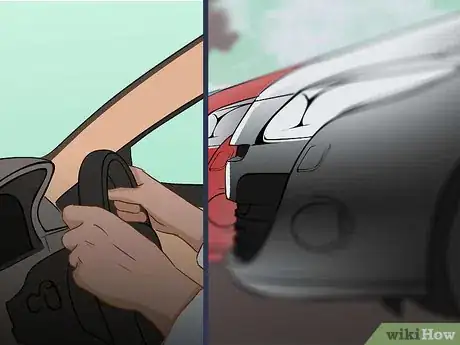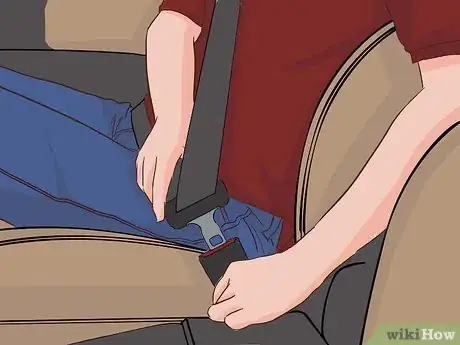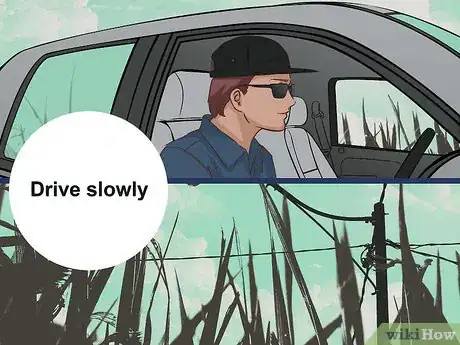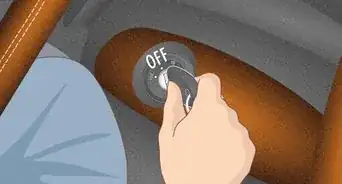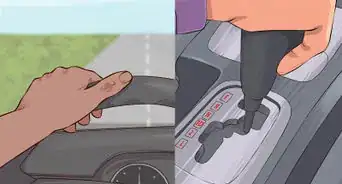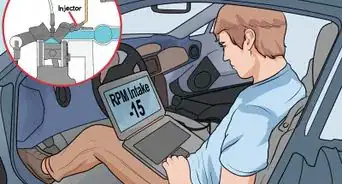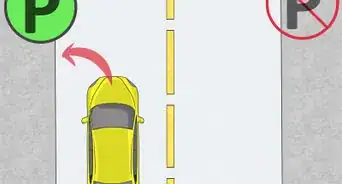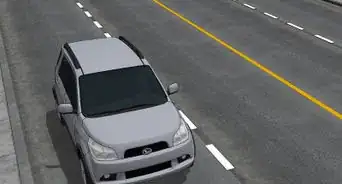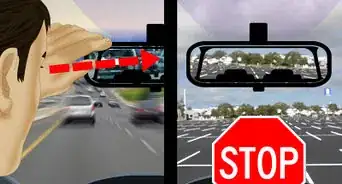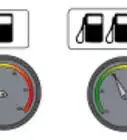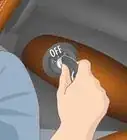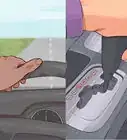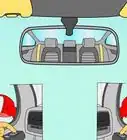This article was co-authored by wikiHow Staff. Our trained team of editors and researchers validate articles for accuracy and comprehensiveness. wikiHow's Content Management Team carefully monitors the work from our editorial staff to ensure that each article is backed by trusted research and meets our high quality standards.
wikiHow marks an article as reader-approved once it receives enough positive feedback. In this case, 81% of readers who voted found the article helpful, earning it our reader-approved status.
This article has been viewed 81,701 times.
Learn more...
In Ireland, you can rent a car and drive legally as long as you have a license from your country of origin. However, rules of the road in Ireland may differ from rules in your own country. Make sure to adhere to basic laws while driving. Ireland also has plenty of winding roads and farm land, so account for this when driving. With a little attention to detail, you can safely navigate Ireland in by car.
Steps
Following the Rules of the Road
-
1Drive on the left side of the road. In Ireland, you always drive on the left side of the road. If you're from a country where you typically drive on the right side, like the United States, this can be confusing. Repeat the mantra "Hard left, wide right" to help yourself stay on track. This means you make tight turns left and wider turns right, which can help you remember which side of the road to drive on.[1]
-
2Respect the right of way. In unmarked crossings, cars crossing from the right have the right of way. Otherwise, look for yellow signs with black markings. Thick lines represent the road that has the right of way, while thin lines indicate a less important road.[2]Advertisement
-
3Move for passing cars. Two-lane highways in Ireland are narrow. Cars may swerve into the opposite lane to pass a slow-moving car. If you see a car in your lane attempting to pass, it's customary to move to the left to give the car room.[3]
-
4Do not look at your phone while driving. In Ireland, it's illegal to have a phone in your hand while you're driving. It's also just generally dangerous to be on your phone while you drive, so put your phone away the entire time you're behind the wheel.[4]
-
5Adhere to the speed limit. Speeding is strictly policed in Ireland, often through mobile speed cameras. Pay attention to road signs indicating speed limit. As in any other country, the speed limit may quickly change. In general, speed limits in Ireland are between 80 and 120 kilometers per hour. However, always drive with conditions in mind. If it's rainy or stormy out, you may have to drive below the speed limit.[5]
- Roads marked "M" are "motorways," or highways. The speed limit on highways is usually around 120 kilometers (75 mi) per hour.
- Roads marked "N" are national primary and secondary roads. You can usually drive on these at about 100 kilometers (62 mi) per hour.
- Roads marked "R" are regional roads. Regional roads generally have speed limits of 80 kilometers (49.7 mi) per hour or less.
-
6Do not drink and drive. In Ireland, drunk driving is a very serious offense. The legal limit is 50 milligrammes of alcohol per 100 milliliters (3.4 fl oz) of blood.[6] Usually, depending on your metabolism and weight, you'll be safe to drive if you have one to two drinks over several hours. If you're drinking more than this, err on the side of caution. It's safest to avoid driving altogether when you've been drinking, especially if you're driving in an unfamiliar place.
- Big cities in Ireland have busses and metros you can take. Make use of public transportation when you're drinking instead of driving yourself.
Driving Effectively
-
1Rent/hire a smaller car. Roads in Ireland are much narrower than in the United States and some other countries. Therefore, it's best to rent a smaller car. This will help you maneuver the roads more easily.[7]
- Unless you are used to driving a manual, make sure to specify that you want a car with automatic transmission.
-
2Use GPS or take a map or road atlas. If you're driving in a foreign country, or any unfamiliar place, it's easy to get lost. Pack a map when you travel or make use of a GPS device or GPS app on your phone. This will help you keep track of where you are as you drive through unfamiliar terrain.[8]
- If you do get lost, pull over to consult your map or GPS. It's dangerous to drive while trying to read something.
-
3Fill up the tank frequently. Gas stations in Ireland are often few and far between. The last thing you want to do is run out of gas in a rural area. Stop and top off your tank whenever you see a gas station. In Ireland, fill your tank as soon as it's half empty just to be on the safe side.[9]
-
4Opt for public transportation in bigger cities. If you're not familiar driving in a country, driving in cities can be particularly hazardous. Even seasoned drivers struggle to navigate big metropolitan areas, so stick to public transportation as much as possible if you're traveling somewhere like Dublin. As many people rely on public transportation in bigger cities, you should be able to easily navigate the city using the bus or train systems.[10]
Staying Safe while Driving
-
1Spend time familiarizing yourself with the car before driving. When you rent a car, spend a few minutes looking over the controls before hitting the road. If the car has a users manual, review that before hitting the road.[11]
-
2Drive in a parking lot first. Don't go directly onto a busy street when you first get your car. Find a nearby parking lot or car park and spend half an hour or so practicing driving. This will help you get a feel of how the car moves and how to use the controls. It can be dangerous to hit the streets right away in an unfamiliar car.[12]
-
3Wear your seatbelt. As with any other country, wear a seatbelt when driving in Ireland. Make sure all other passengers have their seat belts fastened as well. In the event of an emergency, a seat belt can save a life. Being caught by a police officer not wearing your seat belt may lead to a fine.[13]
-
4Drive slowly through farmland and on narrow roads. If you're navigating a very narrow road or farm land, do not attempt to drive fast. It's okay to drive below the speed limit in this case. A passing animal may require a quick stop. You also may need to drive slowly around sharp curves.[14]
Community Q&A
-
QuestionWhat side of the road do they drive on in Ireland?
 Community AnswerThe left.
Community AnswerThe left. -
QuestionDoes my UK insurance policy cover me to drive a rental care in Dublin?
 Community AnswerA rental car company will have its own insurance and conditions. You shouldn't need your own insurance when hiring from a reputable company. For a private car, some might, and some might not. Check the policy to see if it covers UK and Ireland. Northern Ireland is part of the UK, so no extra cover should be needed. However, a quick phone call to your insurer will clarify.
Community AnswerA rental car company will have its own insurance and conditions. You shouldn't need your own insurance when hiring from a reputable company. For a private car, some might, and some might not. Check the policy to see if it covers UK and Ireland. Northern Ireland is part of the UK, so no extra cover should be needed. However, a quick phone call to your insurer will clarify. -
QuestionIs it better to opt for an in-car GPS or just use my cell phone's GPS?
 Community AnswerThat depends on a lot of things, including the make of the car and where you are in Ireland, but you should be all set to use your phone in most situations if that's preferable for you.
Community AnswerThat depends on a lot of things, including the make of the car and where you are in Ireland, but you should be all set to use your phone in most situations if that's preferable for you.
References
- ↑ https://www.aransweatersdirect.com/blogs/blog/102911361-driving-tips-for-us-visitors-to-ireland
- ↑ https://www.tripsavvy.com/safe-driving-in-ireland-1542976
- ↑ http://www.visitireland.com/planning/driving/
- ↑ http://www.rsa.ie/en/RSA/Licensed-Drivers/Driving-in-Ireland/
- ↑ https://www.aransweatersdirect.com/blogs/blog/102911361-driving-tips-for-us-visitors-to-ireland
- ↑ http://www.rsa.ie/en/RSA/Licensed-Drivers/Driving-in-Ireland/
- ↑ https://www.aransweatersdirect.com/blogs/blog/102911361-driving-tips-for-us-visitors-to-ireland
- ↑ https://www.tripsavvy.com/safe-driving-in-ireland-1542976
- ↑ https://www.tripsavvy.com/safe-driving-in-ireland-1542976
- ↑ https://www.tripsavvy.com/safe-driving-in-ireland-1542976
- ↑ https://www.aransweatersdirect.com/blogs/blog/102911361-driving-tips-for-us-visitors-to-ireland
- ↑ https://www.aransweatersdirect.com/blogs/blog/102911361-driving-tips-for-us-visitors-to-ireland
- ↑ http://www.rsa.ie/en/RSA/Licensed-Drivers/Driving-in-Ireland/
- ↑ http://www.rsa.ie/en/RSA/Licensed-Drivers/Driving-in-Ireland/
About This Article
To drive in Ireland, make sure to drive on the left side of the road, instead of on the right side, like in the United States. You’ll also need to make tight turns into the left lane and wide turns into the right lane. In order to stay on track, try repeating the saying, “Hard left, wide right,” to help you remember which side of the road to drive on. Additionally, pay attention to road signs indicating speed limits, such as “M” for “motorways,” which have a speed limit of 75 miles per hour. For more advice, including how to tell who has the right of way at an intersection, keep reading!
